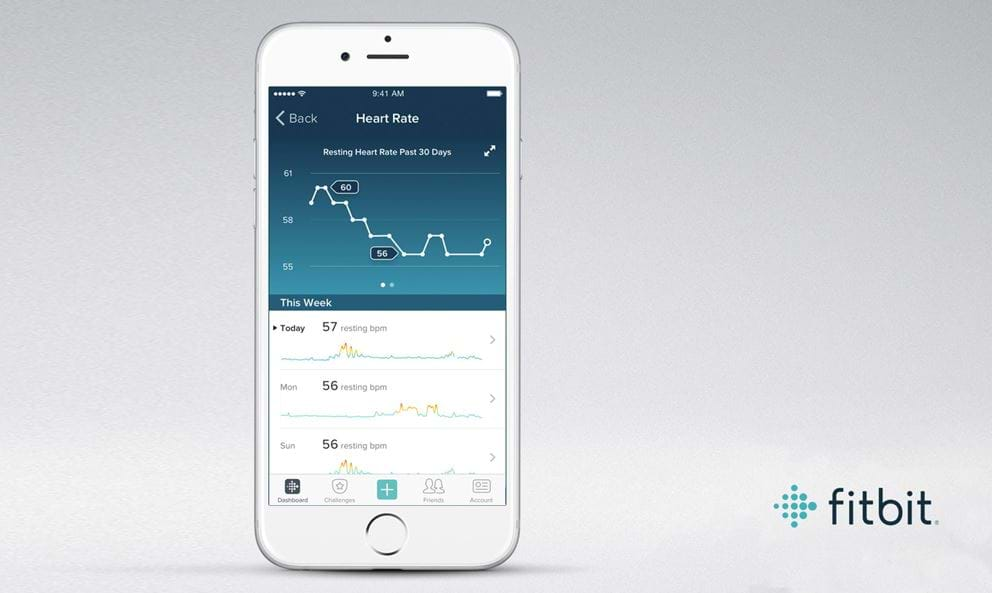The beat on resting heart rate

Our wearable tech partner, Fitbit, has captured over 82 million hours of heart rate data, so they know a thing or two about it. Here are some insights and tips on how you can improve your resting heart rate for a fitter you.

What is resting heart rate (RHR)?
Resting heart rate (RHR) is the number of times your heart beats per minute when you're awake and relaxed, and it's an important indicator of your fitness and overall cardiovascular health. As a rule of thumb, a normal RHR range for adults is between 60-100 beat per minute. Generally the lower your resting heart rate is, the fitter you are.
Why should I monitor my RHR?
Monitoring your RHR can be helpful in the following ways:
- allow you to get a sense of your cardiovascular health levels
- allow you to track your fitness levels (RHR is usually lower for physically fit people because their heat muscle is in better condition)
- help you to identify potential illnesses or health issues
- help you to avoid overtraining
- keep your stress levels in check
- help identify if you are getting enough sleep
How to improve your RHR
You can improve your resting heart rate with regular cardiovascular exercise and a good amount of sleep.
For free video workout ideas, check out our Full Body Fit Series with Fitbit.
An extra 15-20 minutes of activity per day has shown to help lower RHR amongst people who used Fitbit. So even if you're short of time to complete a full workout, it's still beneficial for your health to try and fit in a walk or ride on your bike even if it's just for 15 minutes.
For more details about resting heart rate, check out the infographic below.
Source:
https://blog.fitbit.com/resting-heart-rate/
This blog post has been created in partnership with Fitbit.


